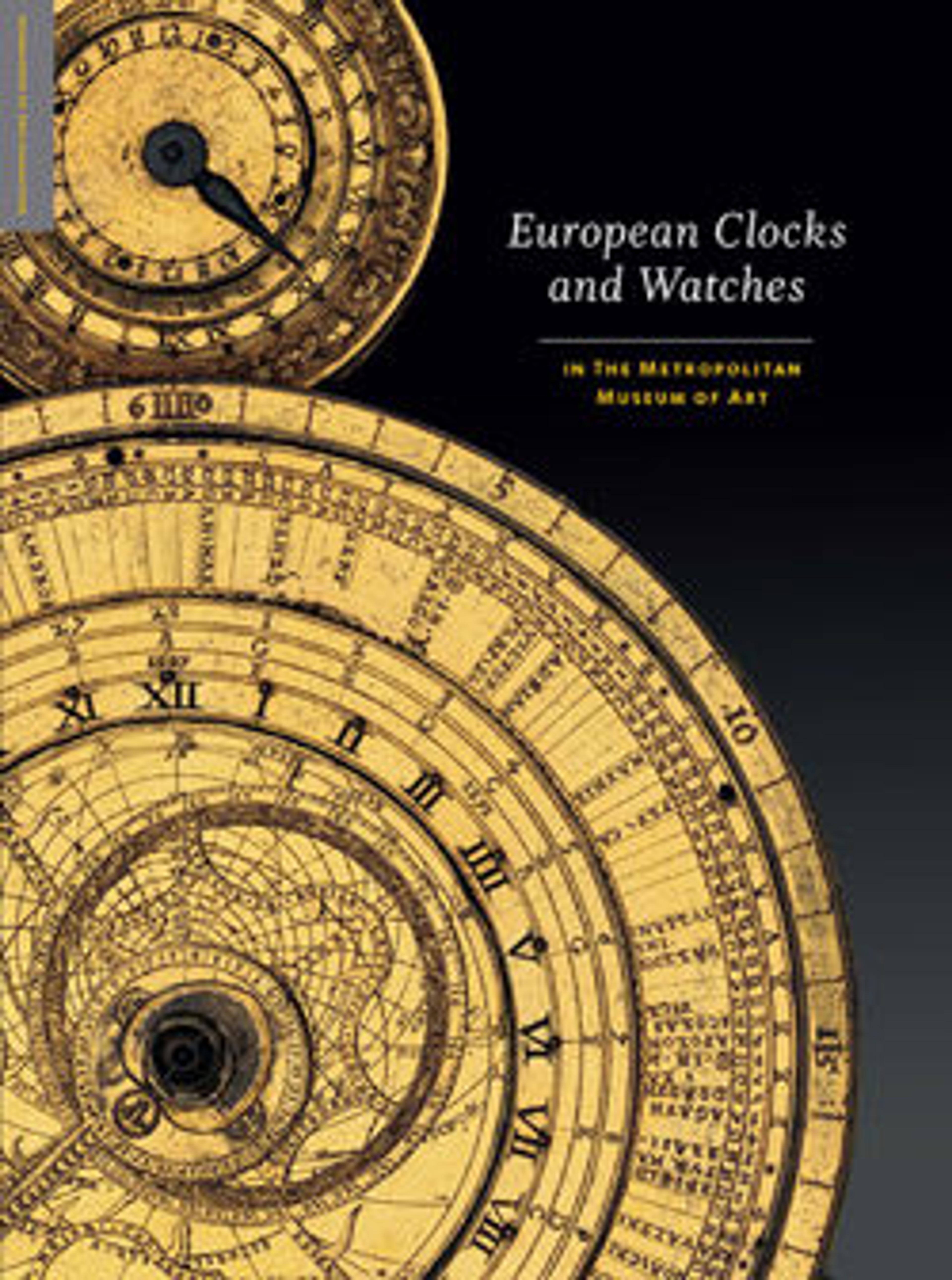Pair-case watch with repeating mechanism
The quarter-repeating movement of this watch is the work of Charles Carbrier II of the distinguished family of London watchmakers. Repoussé gold outer cases for watches were in demand in the mid-eighteenth century, but only a few, like the present example, were signed. The embossed scene illustrates the story of the Greek sun god Apollo, adapted from an etching by Sébastien Leclerc. Ownership of this watch would have demonstrated affluence and familiarity with Greek mythology.
Artwork Details
- Title: Pair-case watch with repeating mechanism
- Maker: Watchmaker: Charles Cabrier II (British, act. 1719–d. 1776)
- Maker: Case maker: Frederick Wieland (British, active ca. 1731–after 1759)
- Artist: Engraved scene on outer case based on an etching by Sébastien Leclerc I (French, Metz 1637–1714 Paris)
- Date: 1741–42
- Culture: British, London
- Medium: Outer case: gold; Inner case: pierced and engraved gold; Dial: white enamel
- Dimensions: Overall (watch with bail, confirmed): 2 3/8 × 1 9/16 × 1 1/8 in. (6 × 4 × 2.8 cm);
Overall (outer case, confirmed): 1 7/8 × 1 7/8 × 7/8 in. (4.8 × 4.8 × 2.2 cm) - Classification: Horology
- Credit Line: The Collection of Giovanni P. Morosini, presented by his daughter Giulia, 1932
- Object Number: 32.75.37a, b
- Curatorial Department: European Sculpture and Decorative Arts
More Artwork
Research Resources
The Met provides unparalleled resources for research and welcomes an international community of students and scholars. The Met's Open Access API is where creators and researchers can connect to the The Met collection. Open Access data and public domain images are available for unrestricted commercial and noncommercial use without permission or fee.
To request images under copyright and other restrictions, please use this Image Request form.
Feedback
We continue to research and examine historical and cultural context for objects in The Met collection. If you have comments or questions about this object record, please contact us using the form below. The Museum looks forward to receiving your comments.
